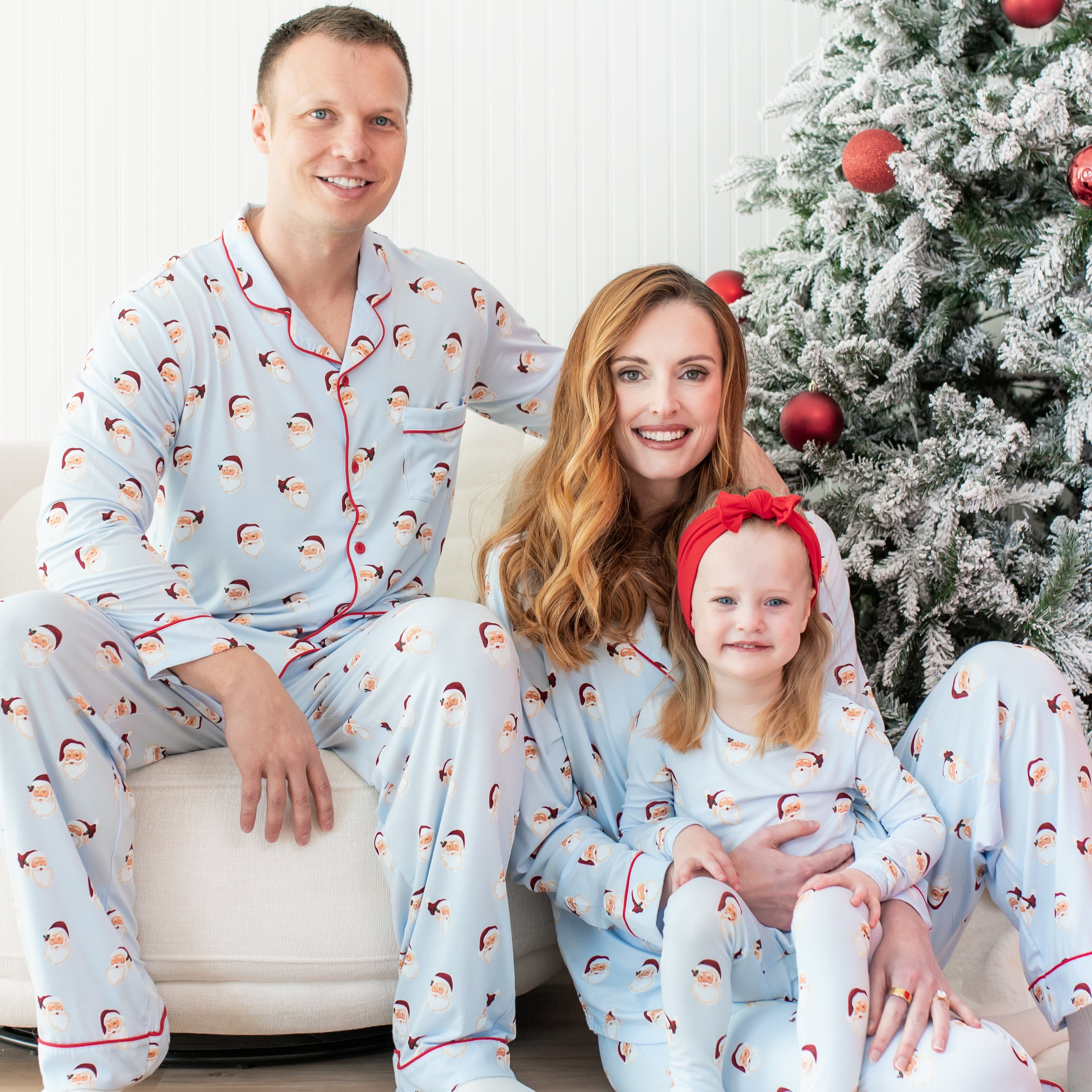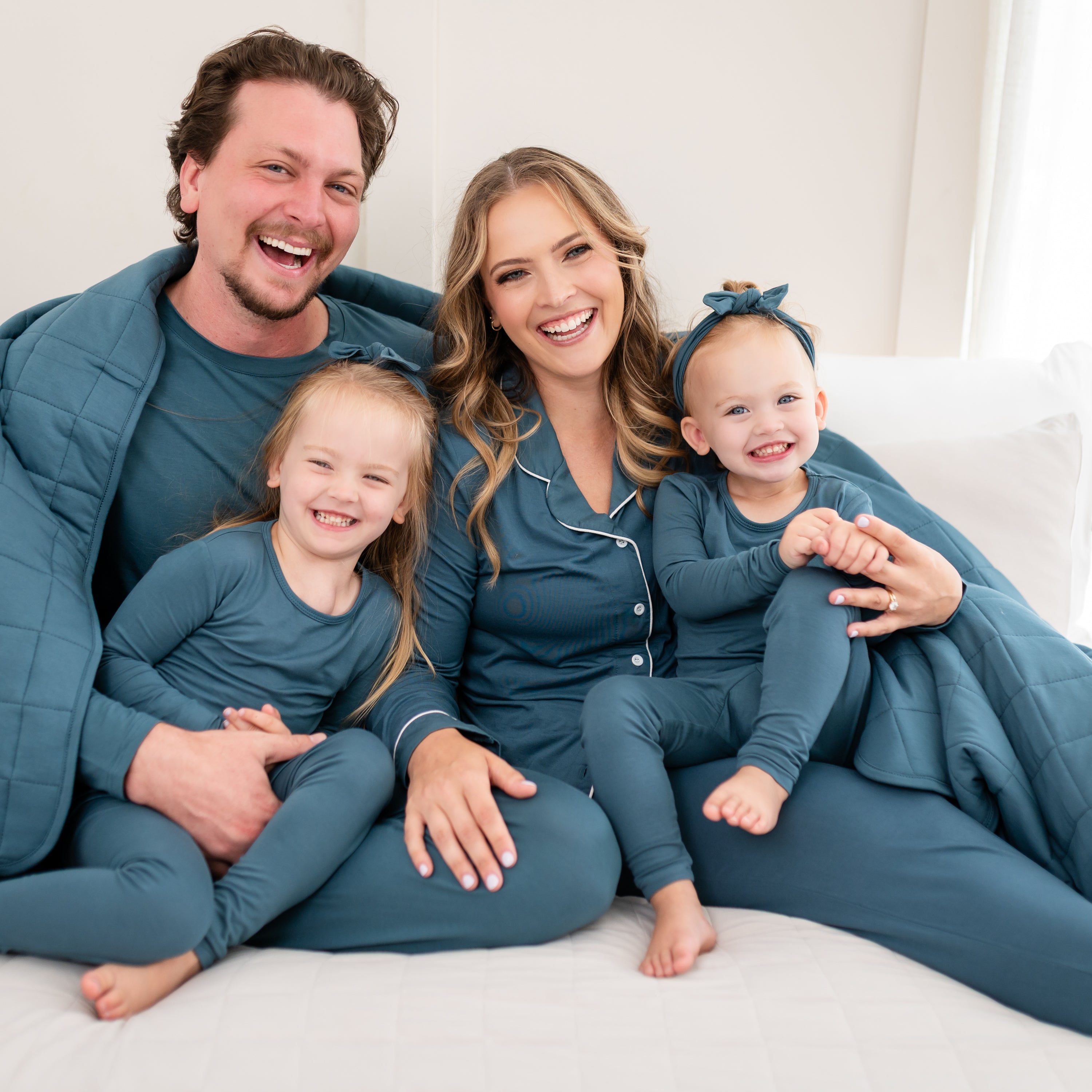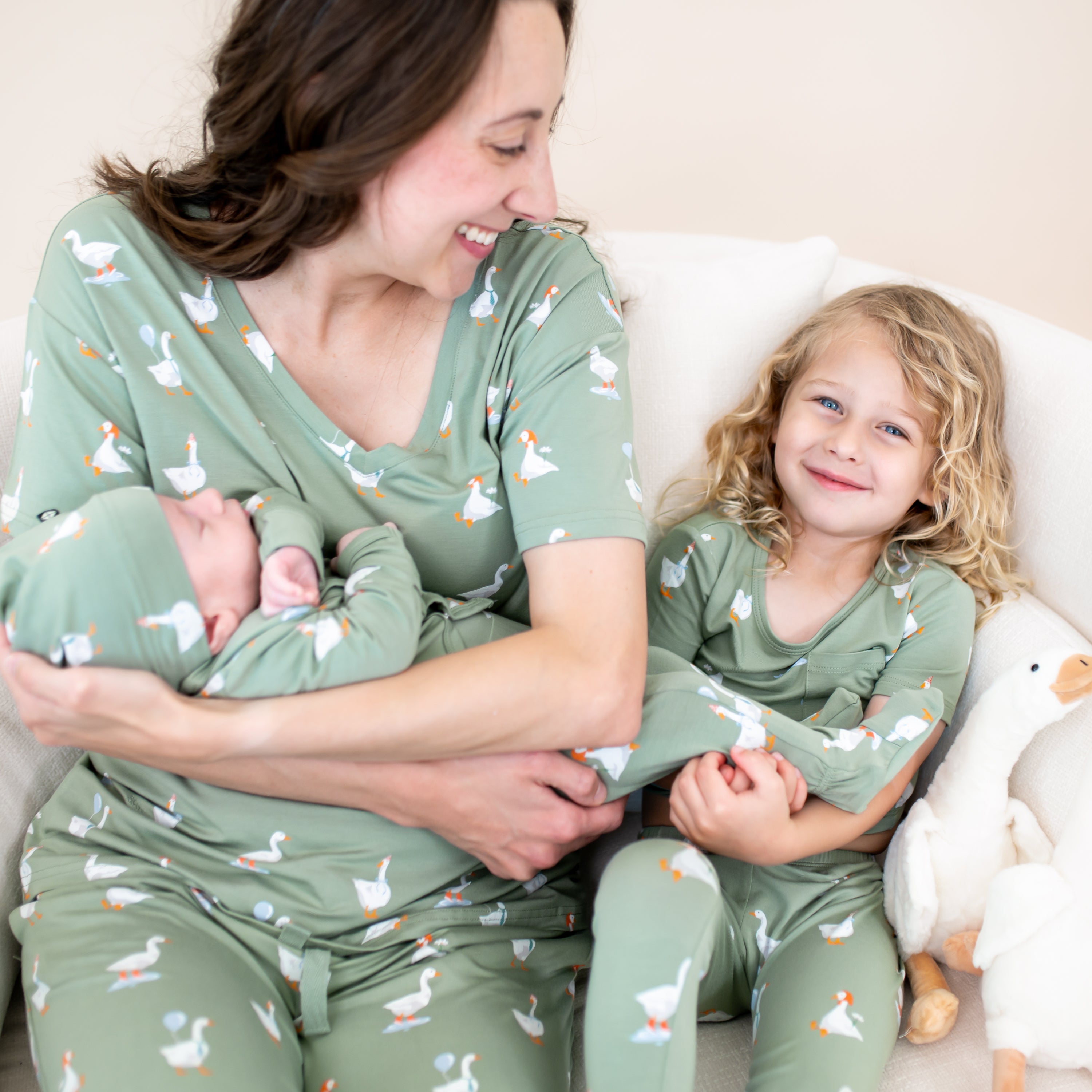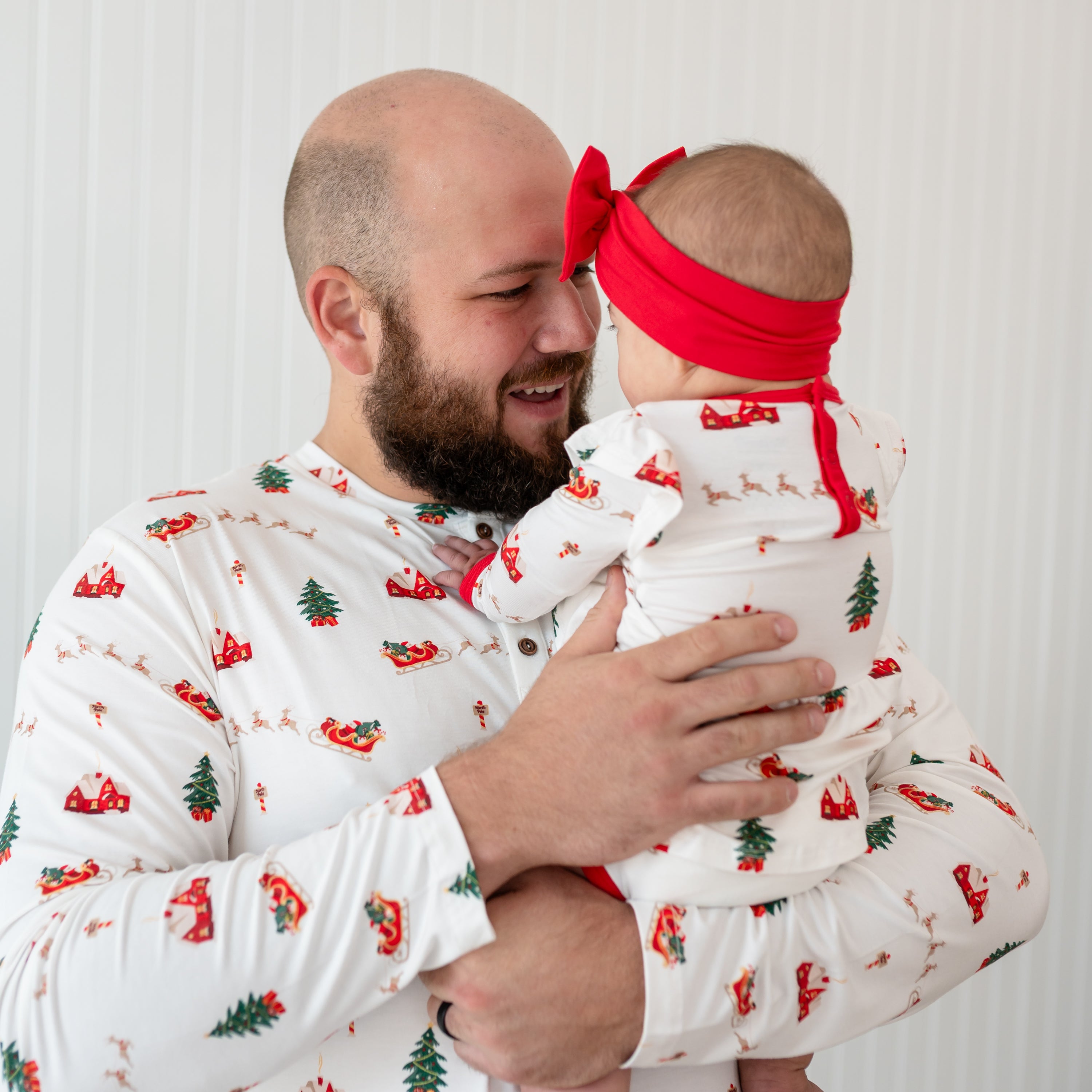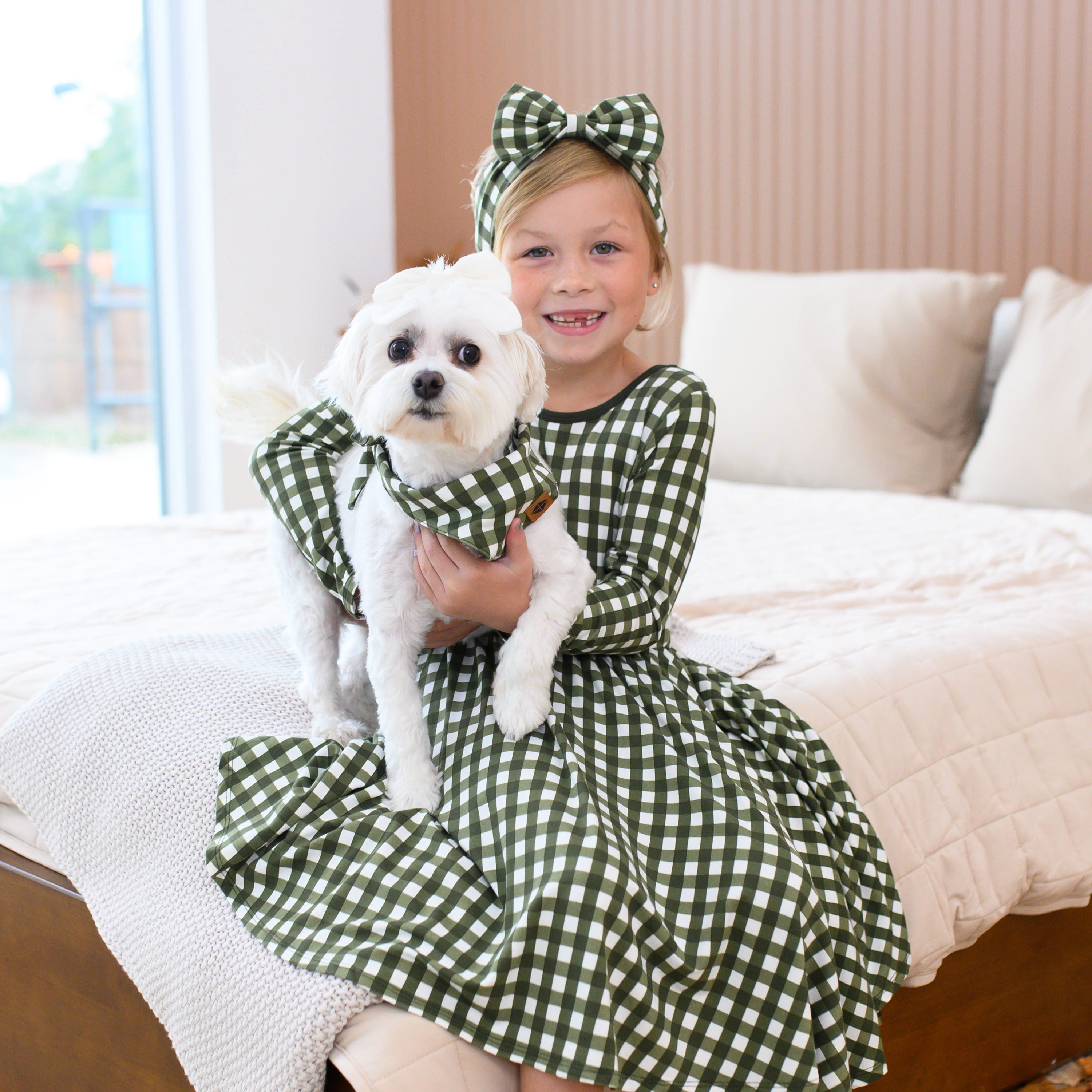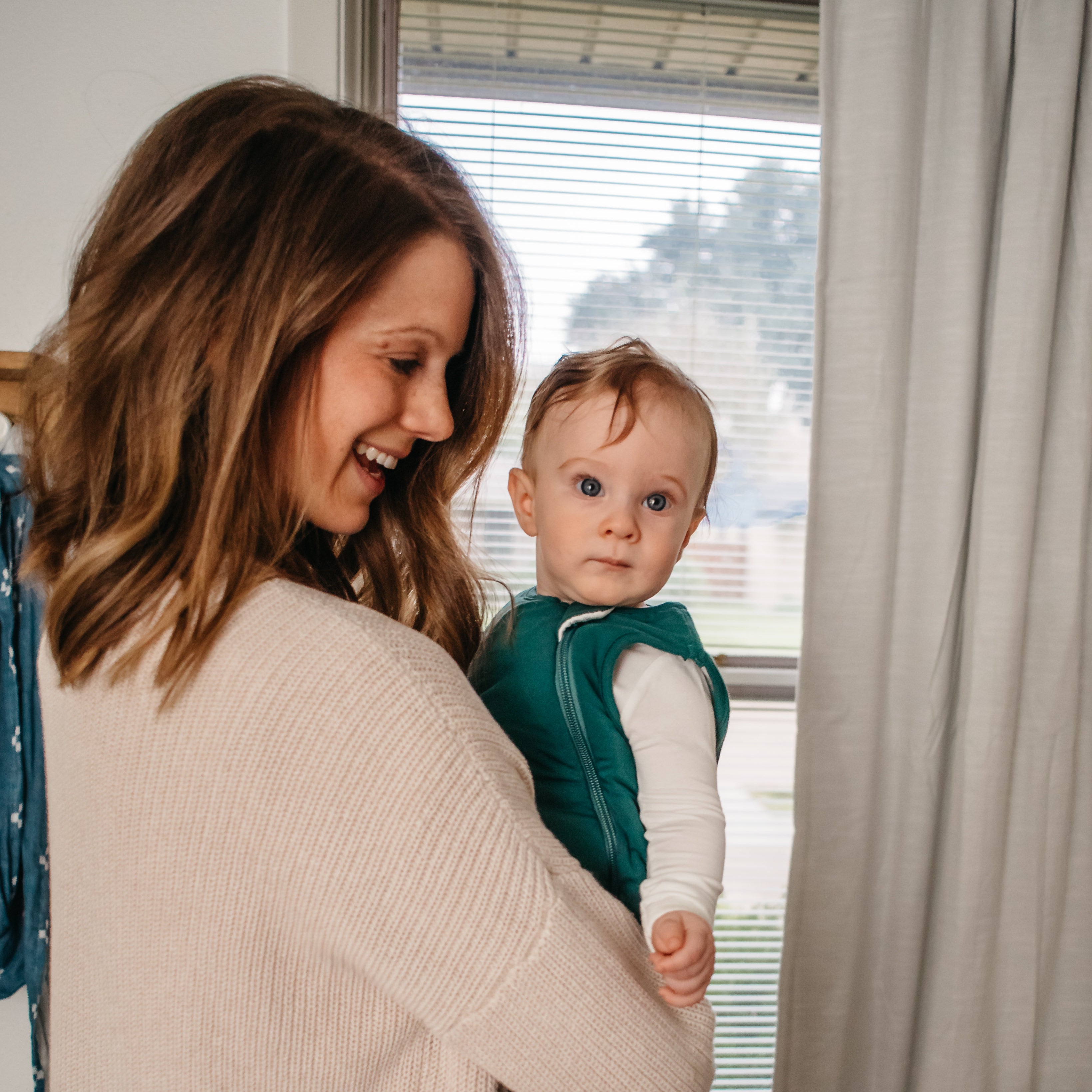
There are some key components to creating an optimal sleep environment for your little one! There can sometimes be resistance to creating this optimal space (usually related to darkness or white noise) because parents are concerned about reliance on these things for their child to sleep.
My disclaimer is that: you cannot make a child sleep well outside of an optimal environment-- by that I mean, if they don’t sleep well in an environment that’s light, you can’t train them to do that. To me, your child could lose precious sleep trying to make that happen!
That doesn’t mean they’ll never sleep well outside of their optimal environment, it just means they’ll sleep even better in one that is!
So what can we do to create a “sleepy” sleep environment?

Cool, but not cold. Our bodies rest best in a temperature between 68-72 degrees F. This is recommended by the AAP. If your child’s room is lower than that, then make sure you’re using the appropriate layers! Did you know that our body temperature decreases to initiate sleep? Keeping the room at an appropriate temperature will help your child drift right off to dreamland.

Keep the room as dark as a cave! This is for several reasons, one being that anything your child can see once they become super aware is a distraction to them. That means seeing fun designs on their sheets will keep them awake longer than if they were in a boring, pitch black space where their only option being is sleep. Another reason is that light early in the morning will cause them to wake unnecessarily as sunlight is key to setting their circadian rhythm. Unless you like 5 a.m. wake-ups, keep it dark so that they will continue to sleep in a bit, then expose them to light when it’s really time to wake up! A night light is not needed until they’re much older, around 3 years old if they ask for it.

Use continuous white noise. White noise is proven to decrease the amount of time it takes to fall asleep, increases the amount of time you spend in deep sleep cycles, and decreases the amount of time it takes to transition sleep cycles at night. It really only improves sleep! Not to mention that it drowns out sudden noises preventing any unnecessary wakeups. Bonus: you don’t have to tiptoe by their doorway and risk waking them with a squeaky floorboard!

An empty sleep space because that’s a safe sleep space, but also because things like mobiles and a bunch of stuffed animals mean “play time” and not “sleep time.”

No screens in the bedroom! That means, television, phones, tablets, etc. They naturally reduce melatonin production meaning it will make it harder for your child (and you) to fall asleep and stay asleep. Ideally, turn off any screens 1-2 hours before bed and do not include them in any aspect of your bedtime routine.
An optimal sleep environment + a great bedtime routine and independent sleep habits will definitely set you on the path to a good night’s rest for you and your child!
AUTHOR:
Ashley Olson is a certified pediatric sleep consultant, owner of Heaven Sent Sleep, and passionate about helping new parents, experienced parents, desperate and sleep deprived parents form healthy sleep habits for their children.
She has over 3 years of experience in working with families and has completed over 150 hours of coursework plus continuing education related to infant and toddler sleep. The focus of her work is on fostering a routine that grows your bond with your child while improving their sleep habits. She specializes in custom sleep plans and one on one support in changing sleep practices!













